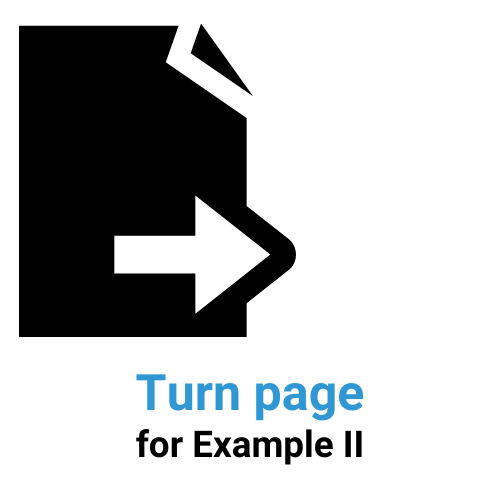
Example I
Redesigning an organizational model for a unique collectibles business
A 40MM € legacy DTC business in the collectibles space was non-competitive both internally and externally in terms cost, quality, delivery, value proposition, and was on the verge of closing based on the financial performance and opinions of some of the key decision makers (part of the family owners). The entire workforce, many of whom had been around for decades (30 or even 40 years), had been alienated from the management and often fighting amongst themselves. The organization was siloed to a high degree and had a hierarchical leadership structure. Although the company had been around for decades, the executive team and the key family members did not want to close it but knew that both the atmosphere and the overall performance of the company had to improve if it was to survive. To start off the transformation process, the long-tenured CEO was ousted by the key decision makers from the board as they saw that his leadership style, at the end, was not aligned with how the board saw what was required to turn around the business.
After a new CEO was selected and a new strategic direction was approved, the company invited HKH Management Consulting (HKH) to advise and help in redesigning the organizational model. The team of three partners from HKH worked closely with the CEO and his, to large degree, newly appointed executive leadership team combined with functional heads and employees over a span of six months to redesign the organization, the workflows, and structure of the company to be aligned with the new strategic direction. The assignment was approached using a model focusing on four key dimensions for enabling strategy combined with an in-depth evaluation of these.
1) Purpose of the organization, 2) core competencies of the organization, 3) competitive reactions, and 4) design of the organization – key dimensions that would have to come coherently together for the company to be successful. In the analysis phase HKH used an extensive organizational development toolkit including evaluation tools such as: Change Personal Transition model, Innovation Adoption Curve, Maslow Hierarchy of Human Needs model, Psychological Contract “iceberg” model, Capability Gap Assessment, Heart & Mind Human Drivers framework, and Four Stages of Team Development model. The assignment was carried out at three levels (individual, functional teams, and leadership) surfacing in detail such factors as: personal motivations of employees and their alignment with the strategic objectives of the business, existing vertical and horizontal communication gaps, gaps in skills with associated retraining and reskilling needs, and understanding into how each employee experienced personal transition towards the “new direction.”
Based on the analysis, the HKH team crafted detailed development and training plans for individuals, provided various tools for how to improve communication, and simulated various workflow change options for the business in terms of how to better align the organization behind the strategy and to make better use of its core resources. Required new resources were also highlighted providing the company HR department with clear recommendations how to approach new recruitment processes. After analyzing the internal landscape of the company, the HKH team crafted, based on the industry and competitive analysis, several scenarios in a “story board” manner about likely competitive reactions as a result of the client’s new strategic direction. In the final step, the HKH team visualized an optimal organizational design for the company that gave the direction on repositioning people, teams, reporting structures, and associated workflows and processes.
Case outcomes
The resulting new organization design allowed the client to organize employees into better aligned teams, to break previously existing silos, improve communication at all levels resulting in employees being better connected with the management and the executive team. The feeling of “togetherness” was significantly improved, which had positive impact on the ability to drive forward the new strategic direction. When the various teams and their leaders were trained in principles of high performance, skills in collaboration, communication and emotional intelligence and with ways to take ownership of their processes the outcomes allowed the client to move from a failing business to a viable company that realized, over the next three years, an average topline growth rate of 20%+ combined with significantly reduced cost structure – from 15% above competition to 15% below the competition. The previously “alienated” workforce became re and multi-skilled employees that eventually led to 15% reduction in headcount turnover. Today the client competes head-to-head with any competitor in its niche, earning high customer ratings for their service and are looking for ways to get even better.
Talk to our Business Design Development & Innovations practice area to hear more how we can help your business with business model redesign
Talk to us
